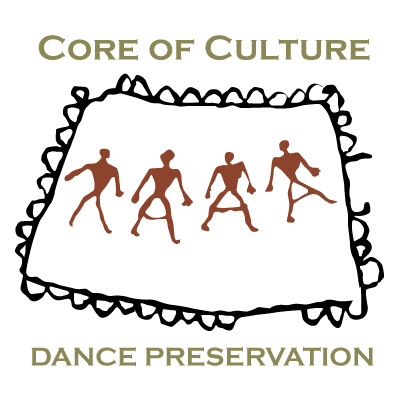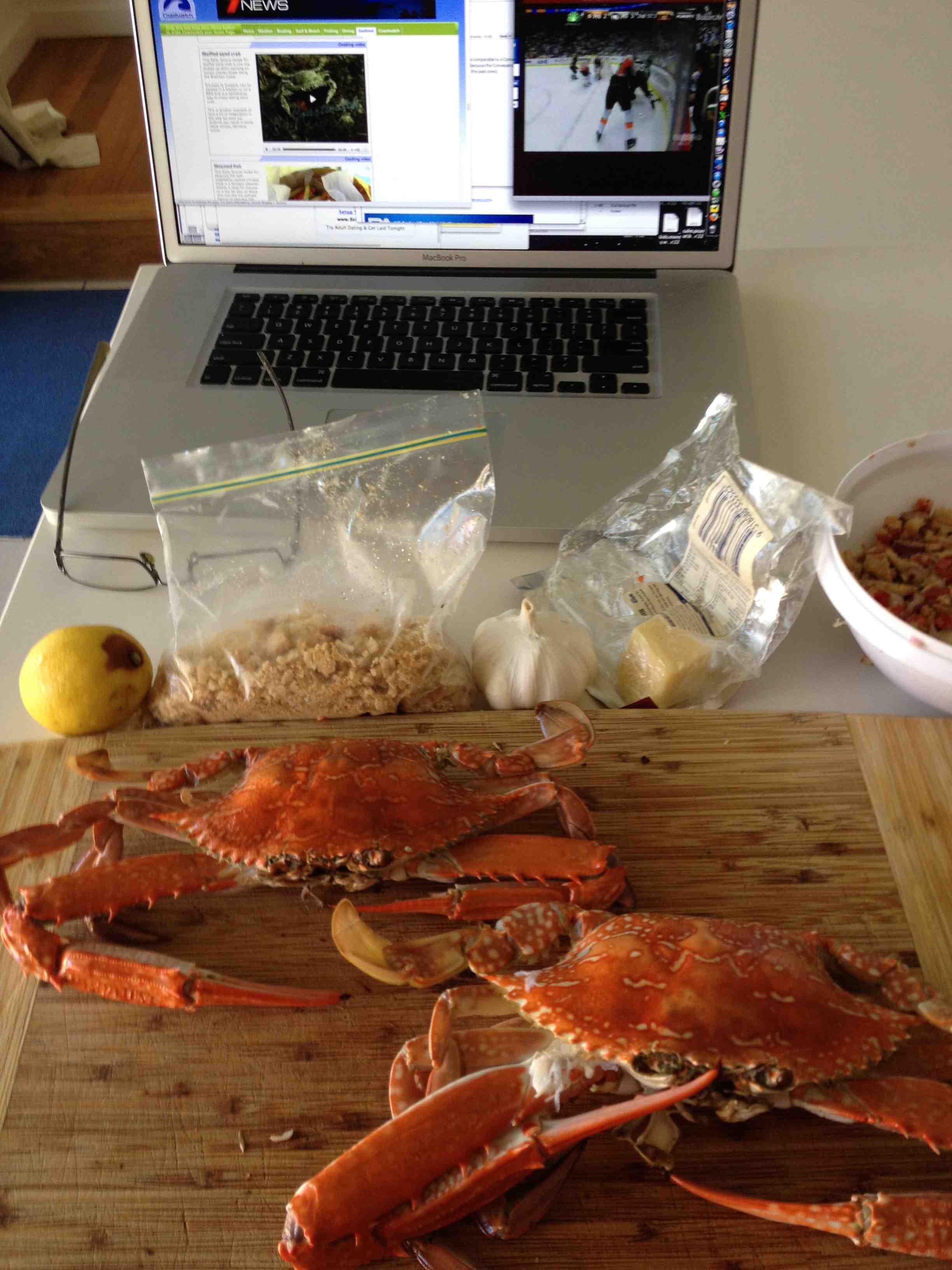“I don’t think we need more laws, we need more leaders.”
That’s one of several gems offered up by David Theno, buried in a too-long piece about food service food safety by Carolyn Surh of QSR.
An increased focus on raw produce safety has changed the way restaurants handle certain foods. For instance, the FDA now considers raw cut tomatoes a potentially hazardous food, in the same  category as meats, seafood, eggs, and poultry.
category as meats, seafood, eggs, and poultry.
For operations serving raw produce, well-known safety precautions such as storing or holding foods at appropriate temperatures, maintaining good personal hygiene, and avoiding cross-contamination are especially important. Even more vital, experts say, is sourcing a safe food supply chain.
For restaurants serving fresh, raw produce, ensuring that growers and processors are taking every precaution to avoid contamination can be difficult.
“On the supply side, one of the biggest risks today is produce,” Theno says. “There are many people who are trying to do a better job, so I don’t want to demean the [produce] industry, but I can tell you there are a lot of people who are not doing as well as others.”
Even the simplest food-safety practices continue to challenge restaurants where turnover rates are high and the staff tends to be young and inexperienced. Safety protocols and governmental regulations provide a framework by which to train employees, but the key is strong leadership, Theno says.
“How often is an inspector in a facility?” Theno asks. “Regulations give you a minimum set of standards, but if you’re going to make food safety happen, it’s a leadership thing. I don’t think we need more laws, we need more leaders.”
Indeed, strong management is a constant that can be applied over the vast number of localities that monitor food safety. Throughout the country, there are approximately 3,500 state and local health jurisdictions. Subject to guidelines that are adopted differently from county to county, foodservice operators know just how complex multi-state compliance can be.
With so much variance from location to location, on top of daily pressures like labor and supply chain, Theno has seen the best results in organizations where management places food safety at the top of the list.
“Where it’s done exceptionally well it’s because the leadership really owns these matters—they walk the talk, they live it,” Theno says. “Every day they ask questions that show their team that food safety is as important if not more important than everything else they do every day in the restaurant. When that leadership philosophy is present, I find their restaurants are in much better shape.”
(1).jpeg)

.jpg) off his staff of 15 in December. “We’re just sitting still right now. We hope to figure out a way to come out of it. We’ve got four generations worth of work.”
off his staff of 15 in December. “We’re just sitting still right now. We hope to figure out a way to come out of it. We’ve got four generations worth of work.”.jpg) in the court of public opinion.
in the court of public opinion. North Americans.
North Americans..jpg) reported in The Times in late 2009.
reported in The Times in late 2009. messages during a media-show-and-tell at a BPI plant. Because political endorsements rarely work, and the story had spread to the key demographic of burger eaters, others sensed opportunity in the trashing of BPI. Wendy’s, Whole Foods, Costco, A&P, Publix and others launched their own media campaigns proclaiming they’ve never used the stuff and never would.
messages during a media-show-and-tell at a BPI plant. Because political endorsements rarely work, and the story had spread to the key demographic of burger eaters, others sensed opportunity in the trashing of BPI. Wendy’s, Whole Foods, Costco, A&P, Publix and others launched their own media campaigns proclaiming they’ve never used the stuff and never would..jpg) • real or just an accusation, consumers will rightly react based on the information available
• real or just an accusation, consumers will rightly react based on the information available

.jpg) transformed into beliefs. Worse, the Post provides a compelling reason why newspapers are in decline: no new facts or analysis, nothing new that on-line diggers didn’t discover and display weeks ago.
transformed into beliefs. Worse, the Post provides a compelling reason why newspapers are in decline: no new facts or analysis, nothing new that on-line diggers didn’t discover and display weeks ago. year by state agents who leveled criminal charges against two managers of the store accusing them of illegally selling wildlife.
year by state agents who leveled criminal charges against two managers of the store accusing them of illegally selling wildlife. lacked permits, according to prosecutors’ court filings.
lacked permits, according to prosecutors’ court filings. 14 vomits and five diarrheal episodes reinforced, to me, how little is known.
14 vomits and five diarrheal episodes reinforced, to me, how little is known..jpg) others. And we’re not smart enough to know who those individuals are. The good ole’ days usually included stories about a family that lost a kid. And it was probably some kind of infectious disease. Western societies have enough science and enough affluence to decide, one is too many.
others. And we’re not smart enough to know who those individuals are. The good ole’ days usually included stories about a family that lost a kid. And it was probably some kind of infectious disease. Western societies have enough science and enough affluence to decide, one is too many..jpg) around, such as Dickson’s Farmstand and Pat LaFrieda.
around, such as Dickson’s Farmstand and Pat LaFrieda.